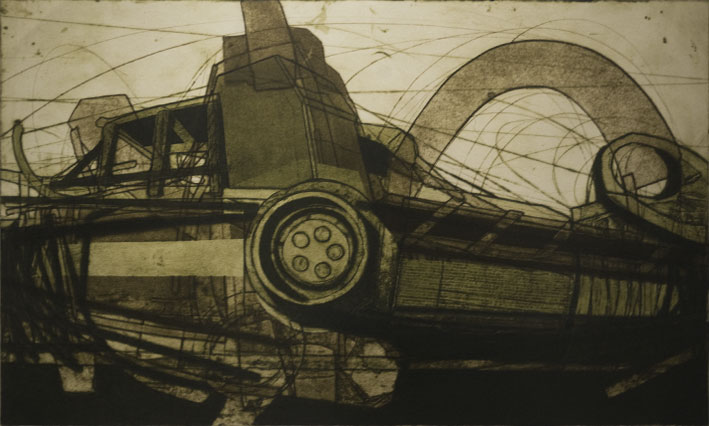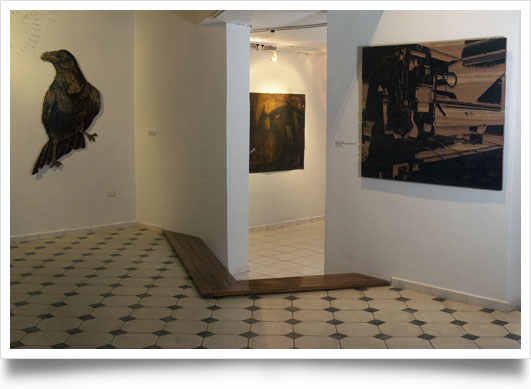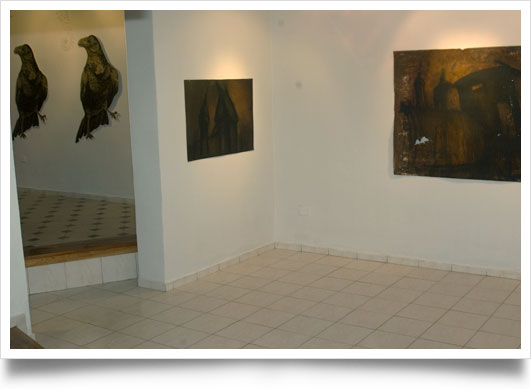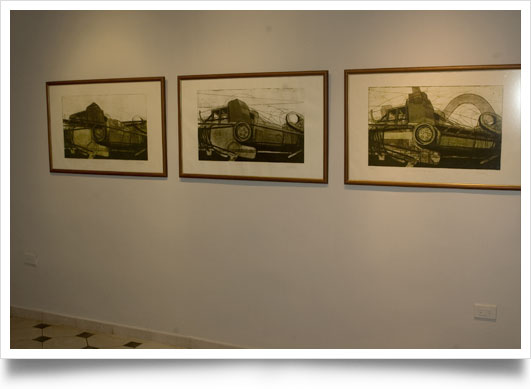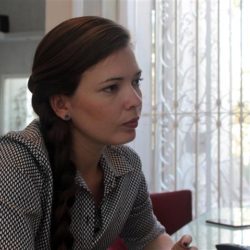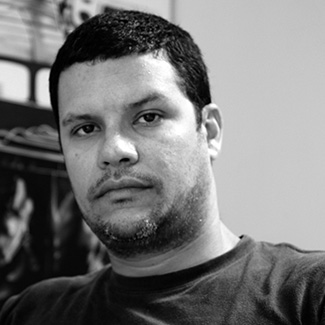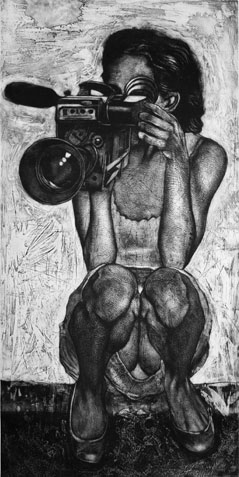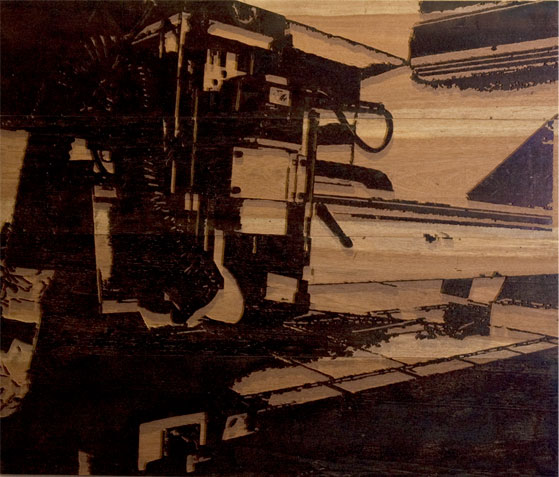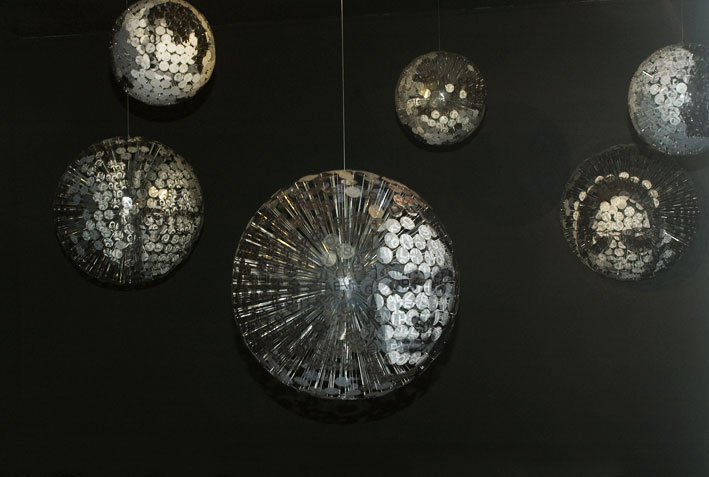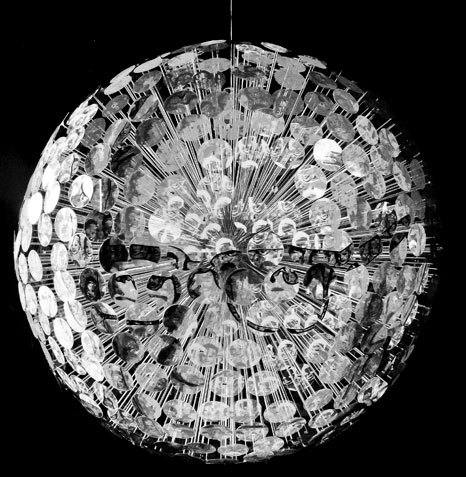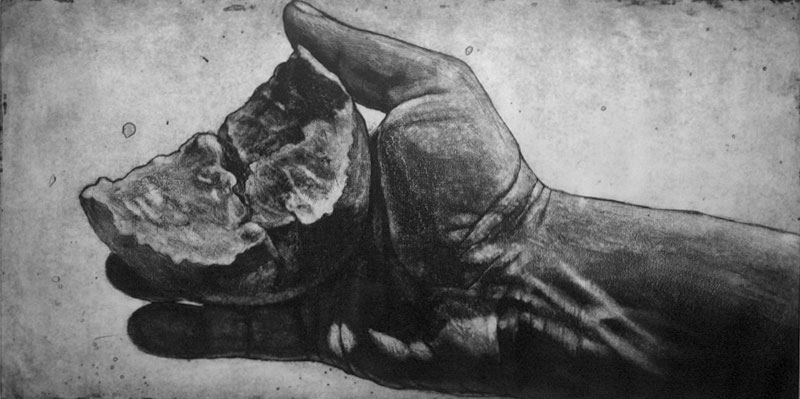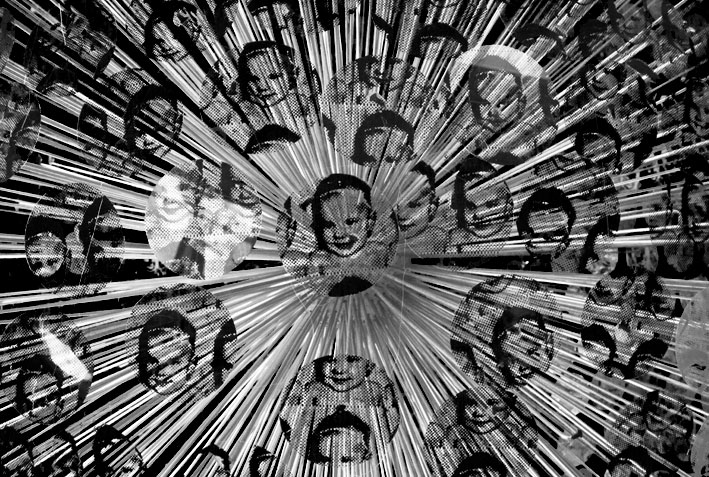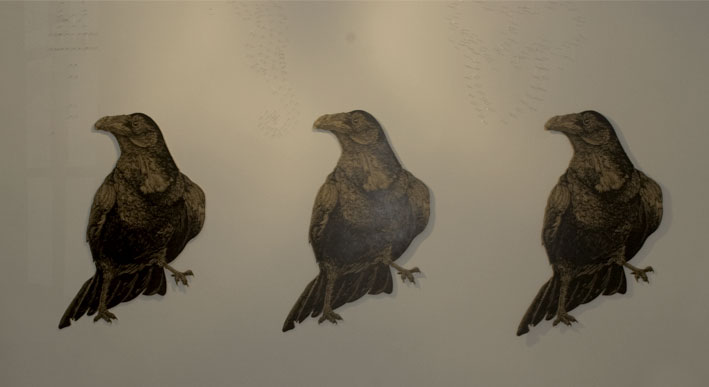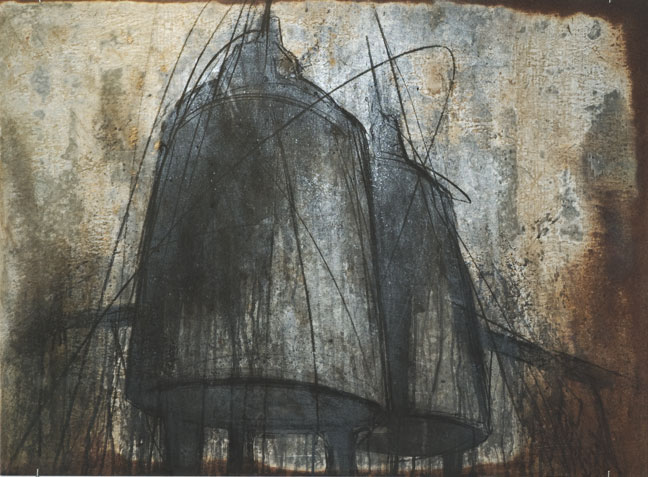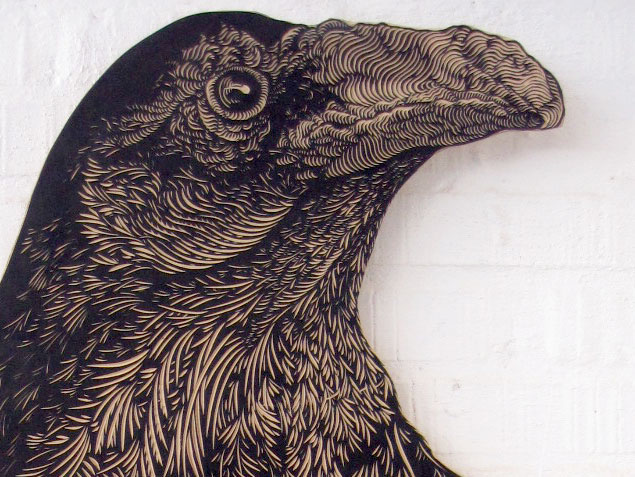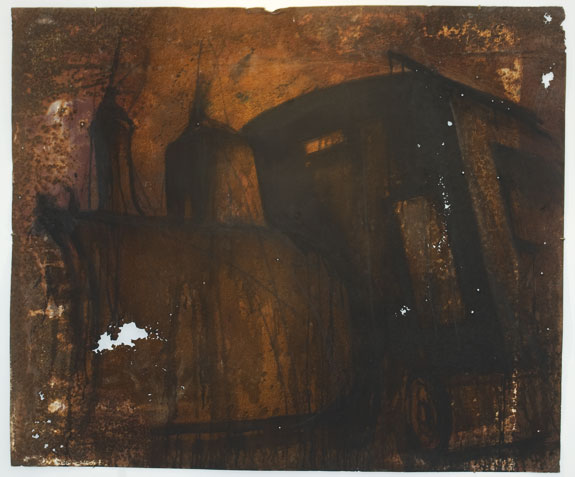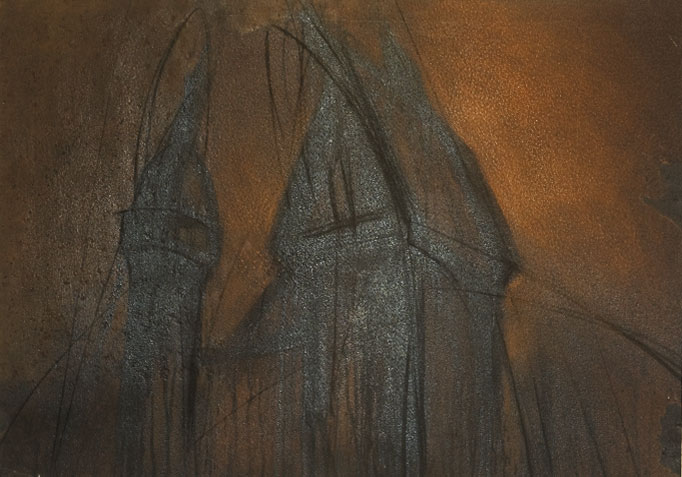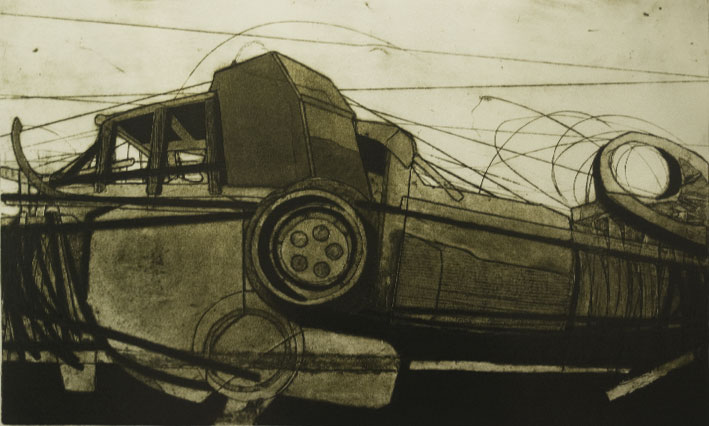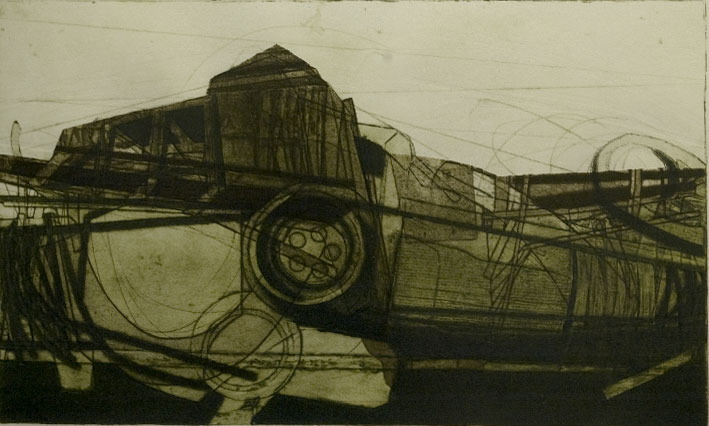To know how to print… and to print well
To know how to print... and to print well. Young Cuban Engraving
When I was thinking of a title that could bring together these five artists, I could not find any suitable one. We critics and historians have this damned mania of always having to justify certain empathies in art, many times unnecessarily. And it is because the pleasure of saying something just for the sake of it no longer exists. They are not linked by common aesthetics or ideas, much less by work methods. They are connected by a great respect and infinite trust in art and its inherent processes. That is precisely the common denominator of these artists: to grant value to laboriousness and skill in art, at a time when it is not the gradual persistence in the process what is rewarded, but the one who most rapidly inserts himself/herself in the cultural market. Sacrifice is an almost lost attitude in art; it is rather a luxury of a few.
These artists result from the best teachings and practices of the engraving techniques, but this mastery does not restrict them. In this exhibition they want to pay tribute to the printing art from their very personal aesthetics, but not as a devote act of faith or of revaluation of the art form; they simply avail themselves of the good qualities of engraving to be able to communicate and defend certain concepts. To them, printing is the exact medium, here and now, to express those ideas; there is no other way and they have chosen the right path.
To some like Frank Martínez this exhibition becomes a return to the craft. After some time doing charcoal drawing and using different supports, he returns to engraving with a sort of ingenious tribute. As in previous works and with the keenness that characterizes him, his titles wink at the printing process itself, adding a playful character to them but at the same time establishing a communication in complicity with those more skilled in the profession.
Cuban engraving has always been characterized by both technical and symbolical complexity, and Orlando Montalván is one of the artists who have used these resources most strongly. By manipulating the matrixes directly he deprives them of their practical meaning, of their mediating role to turn them into apparently harmless objects, where the context in which he inserts them and, of course, the expectation they entail, create a state of siege, attention and suspicion.
It is in the work by Osmeivy Ortega where the laboriousness and dedication to achieve the most accurate technical refinement are probably most noticeable. As if it were an expiatory process, Osmeivy draws with fine threads a very detailed and exquisite Caribbean constellation. His entire work is signed by a polemic nuance, by a discourse of and from the insularity, but with a universal attitude. To him, nothing is more far-reaching and vital than our local history.
And it is precisely the resistance of a local history destroyed through the architecture what we can find in the pieces by Octavio Irving. Impairment, corrosion and degradation have long been part of our daily life, and in a certain way the artist identifies himself in them. But in this history of impoverishment, Octavio’s works challenge time and test the resistance and permanence, though transformable, of a social symbol.
Perhaps Mabel Poblet is the only artist in this exhibition that cannot be considered an engraver in its full wide sense, even though serigraphy is the essential base of a large part of her work. In this exhibition the artist again avails herself of this technique to construct a complex network of social and power relations. From the self-referential nature that characterizes her entire work she gives way to the construction of a discourse of strong humanistic content that irrupts with the individuality of the unique and solitary being. We are part of a mini cosmos where all our actions count, are transforming ones and we respond for them.
The attitude assumed by these five artists is open and unprejudiced. They work untiringly, engraving and printing, and while they do it they have fun. I have always defended the idea of technically handling engraving in a rough way, although some do not approve it. In this exhibition, these artists have indulged themselves in it, since to them it is very clear that printing well is precisely that: rigor and openness, but above all, much fun.
Cristina Figueroa Vives
Artworks
